Last updated on April 29, 2024
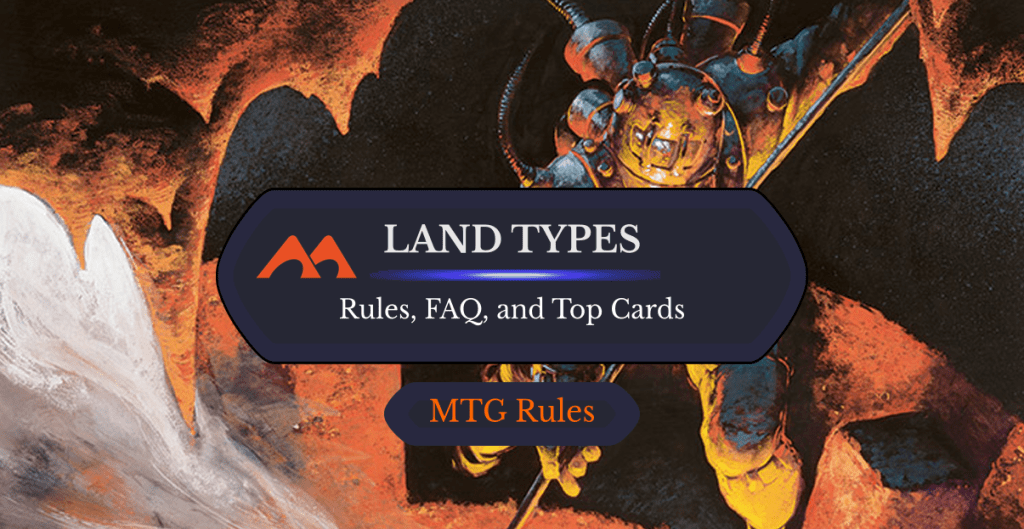
Urza's Mine | Illustration by Brian Snoddy
Lands are a foundational part of Magic: The Gathering. Mechanically, lands are the primary way players generate mana to cast spells. Flavorfully, they represent locations planeswalkers have bonded with from across the multiverse.
We’re all aware of the five basic lands in Magic, but there are more land types than you’d guess. For this reason or that, new land types have been mechanically necessary to introduce into the game, either to smooth over some confusing rulings or to push the boundaries of what a land card can do.
How’s your understanding of the land types? Read on and let’s bring you up to speed on the basics (and non-basics)!
What Are Land Types?
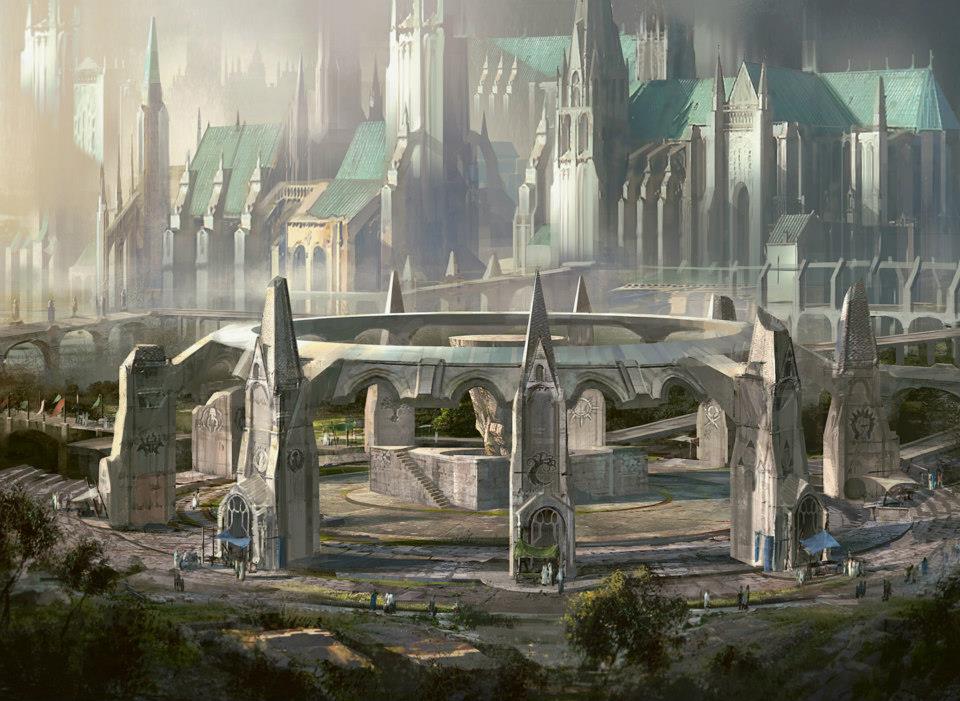
Maze's End | Illustration by Cliff Childs
“Land type” is the specific subtype used for lands, like “creature type” is a subtype used for creatures.
What Are the Land Types in MTG?
There are 14 land types, five of which are basic. They are:
- Desert
- Forest (basic)
- Gate
- Island (basic)
- Lair
- Locus
- Mine
- Mountain (basic)
- Plains (basic)
- Power-Plant
- Sphere
- Swamp (basic)
- Tower
- Urza’s
The History of Land Types in MTG

Zagoth Triome | Illustration by Eytan Zana
In Magic’s inception, only the five basic land types existed. Each had a corresponding mono-colored basic land and a 2-color dual land with both land types.
Arabian Nights gave us the first ever nonbasic land type in Desert. The desert land type wouldn’t return until Amonkhet.
With 1994’s Antiquities, Magic began to push the boundaries on what lands could do, releasing the Urzatron lands. Urza's Mine, Urza's Power Plant, and Urza's Tower each had a type that mirrored their name, and referred to each other by name instead of land type. This meant that technically each of these three new lands had created their own unique, two-word land type. In Eighth Edition, this confusing mess was cleaned up and the Urzatron lands were retconned to have two land subtypes: “Urza’s” and “mine/power-plant/tower.”
In 2001, Planeshift dropped, and with it came the oft-forgotten lair land type. Lairs were 3-color lands that entered the battlefield untapped, so long as you returned another non-lair land to your hand as they entered. The cycle of five lairs are all shard-aligned, and each references one of the 3-color primeval dragons from Dominaria.
The first of only two locus lands appeared in 2003’s Mirrodin set. Cloudpost’s ability is easily abused. As such, it’s banned in Modern, and the only other locus we’ve seen since is Scars of Mirrodin’s Glimmerpost.
On our second foray to Ravnica, Wizards rolled out gates. Gates are 2-color taplands with the gate subtype, with one for each Ravnican guild. Initially, the original ten gates were just slow mana-fixers that could occasionally seal a win with Maze's End, but Commander Legends: Battle for Baldur’s Gate added nine new gates. Five were functional reprints of the Thriving lands, with Gond Gate and Baldur's Gate standing out as new “gates-matter” cards. CLB also gave us a gate-centric commander in the form of Nine-Fingers Keene.
Spheres are the newest land type, introduced in Phyrexia: All Will Be One. They represent the various layers of New Phyrexia ruled over by the praetors. Exactly nine sphere cards were released with ONE: a cycle of mono-colored taplands that can sacrifice themselves for 2 mana to draw a card; plus Mirrex, a sort of pseudo-Inkmoth Nexus; The Monumental Facade, for all your oil counter synergies; The Seedcore, a corrupted Pendelhaven; and The Mycosynth Gardens, a filter land that can imitate any artifact you control.
Are Wastes a Basic Land Type?
Wastes aren’t a basic land type. While Wastes are basic lands, they don’t have the subtype of the same name or the supertype “basic” like you’d find on the five basic lands. When asked to name a basic land type by a spell or ability, you can’t name Wastes.
Do Basic Lands Have Color Identities?
Lands are colorless cards because they have no casting costs or color indicators, but they still gain the color identity of any of the mana they could produce. This means you can’t run Islands as the go-to basics in your colorless Commander decks. Only Wastes fit into that color identity.
Are Snow Lands Basic?
Snow basic lands are basics. Snow is a supertype and doesn’t affect the basic-ness of the land.
Are Triomes and Dual Lands Basic Lands?
Triomes and dual lands aren’t basic lands, despite having the basic land types. You can tutor up a Zagoth Triome with a Farseek, but not a Rampant Growth.
How Many Land Types Are There in MTG?
There are 14 land types in MTG.
How Many Basic Land Types Are in MTG?
Five of the 14 land types are basic land types.
Wrap Up
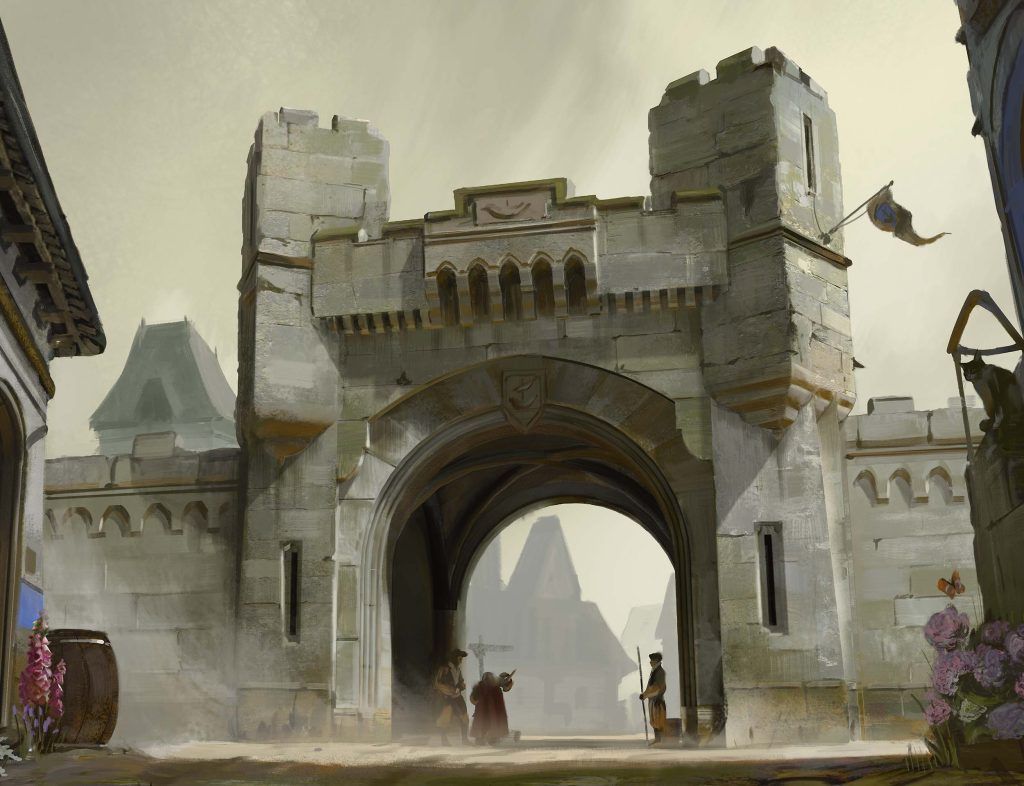
Baldur's Gate | Illustration by Titus Lunter
It’s easy to see why we don’t get new land types very often: the mechanic is hard to balance in a way that won’t swing too hard in one way or another. Cloudpost is banned in Modern for being too powerful, while the cycle of mono-colored Spheres from ONE barely made a splash in their Limited environment. And I don’t need to mention how the Urza lands are so good there are entire archetypes named after them.
Which of the nonbasic land types would you like to see more of? Personally, I’m hoping for more deserts in my lifetime so I can finally build a Hazezon, Shaper of Sand deck, but I’ll settle for a balanced Cloudpost. Let me know in the comments, or over on Draftsim’s Discord.
Thanks for reading!
Follow Draftsim for awesome articles and set updates: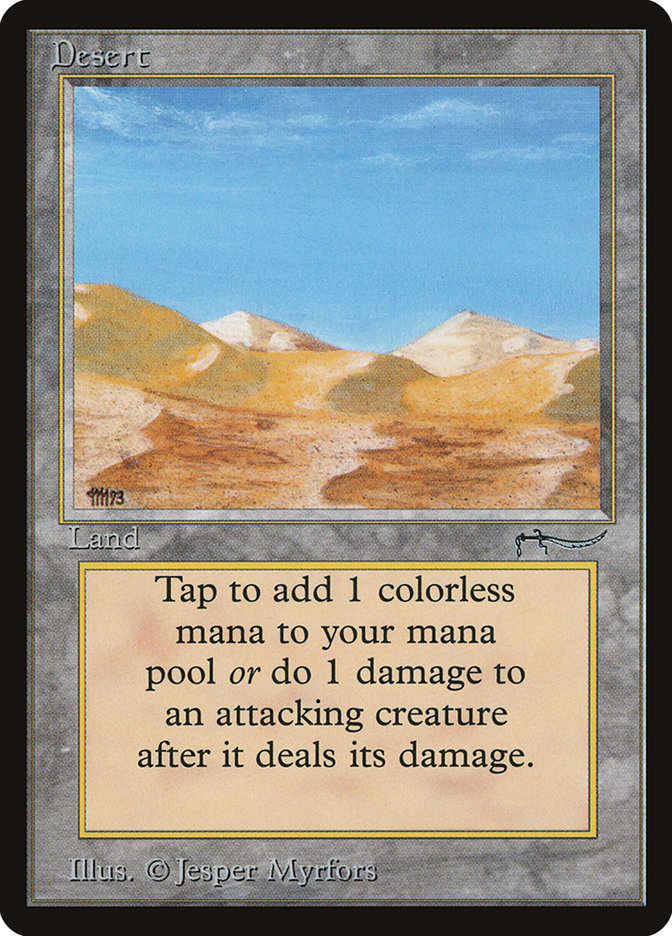

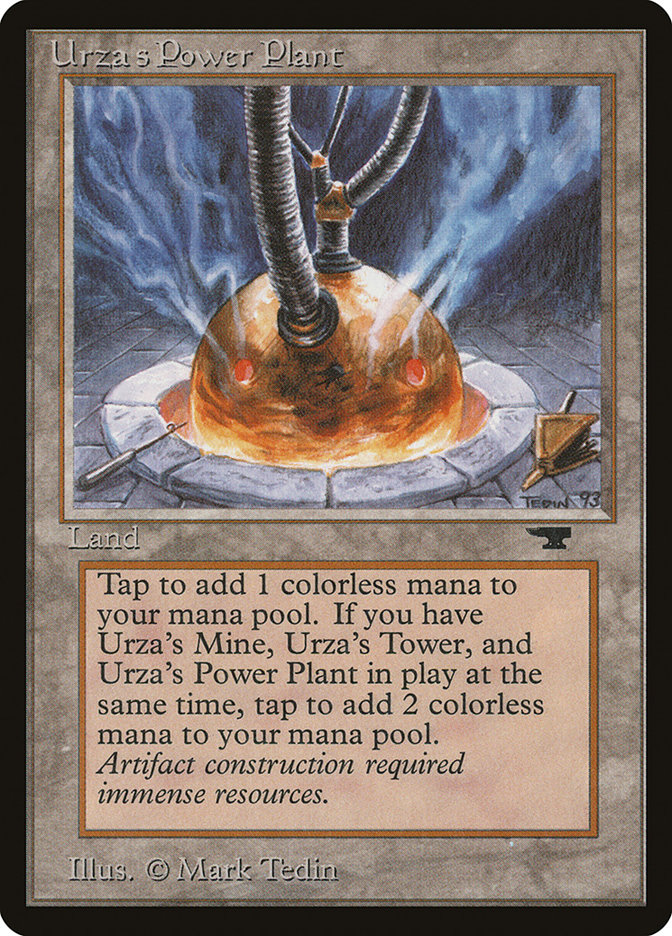

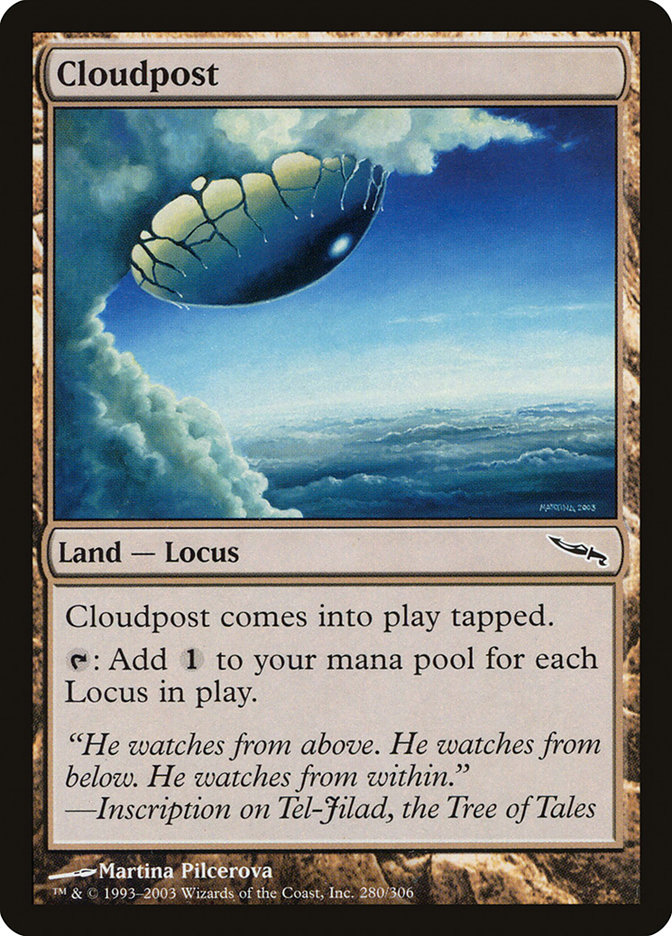

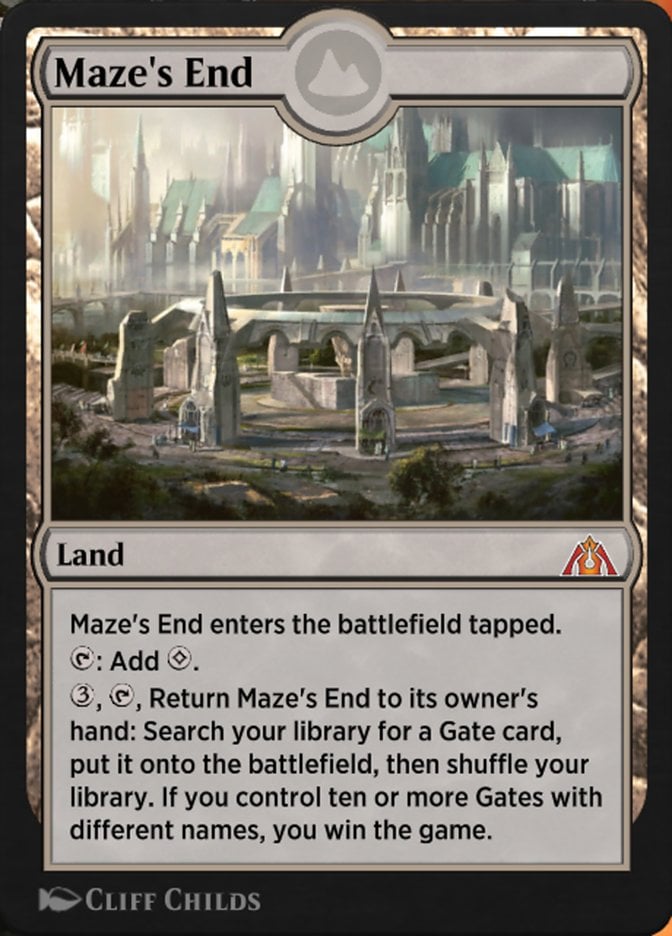
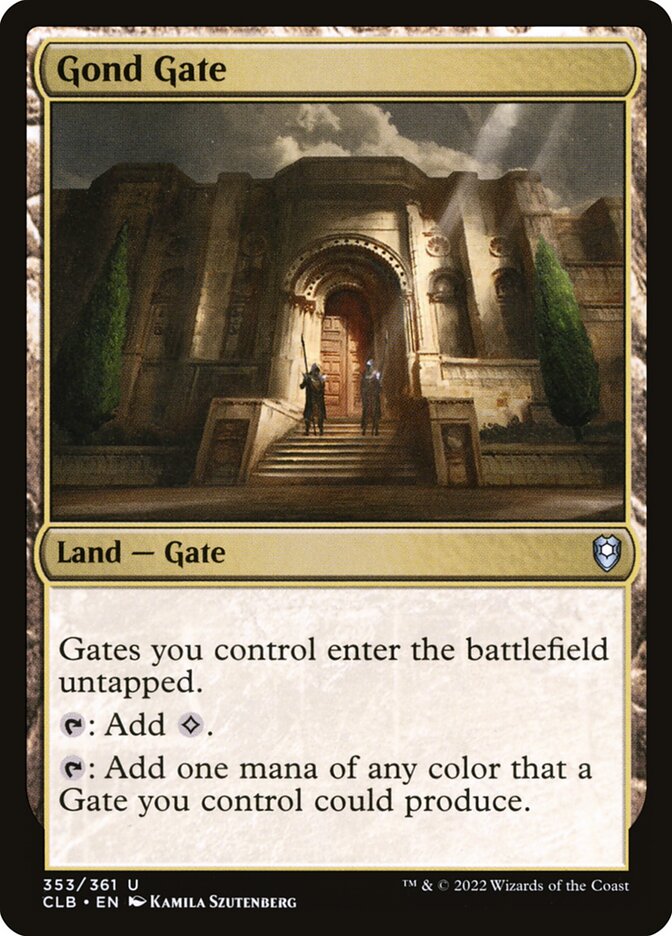

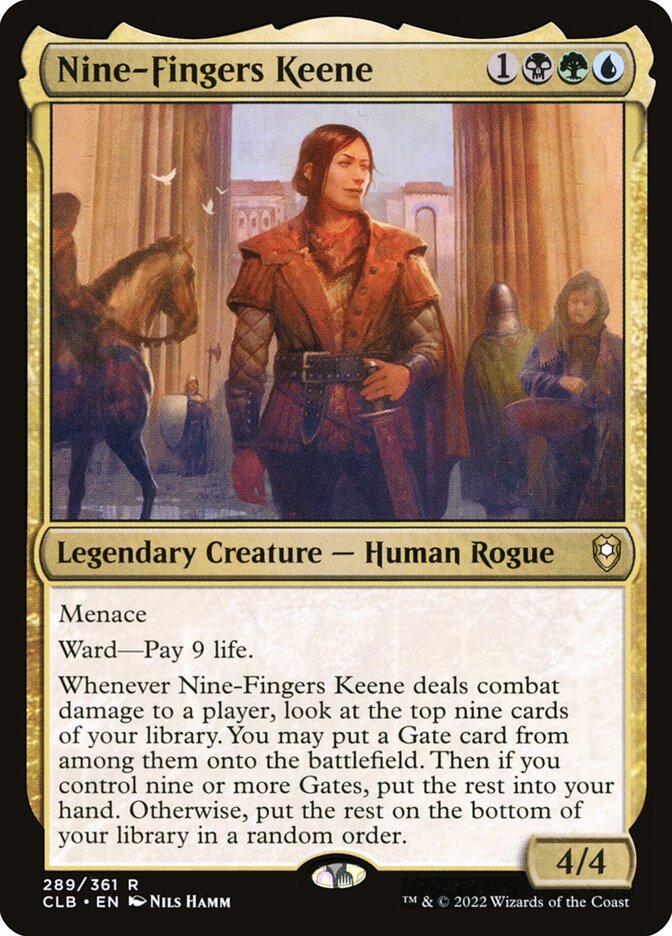

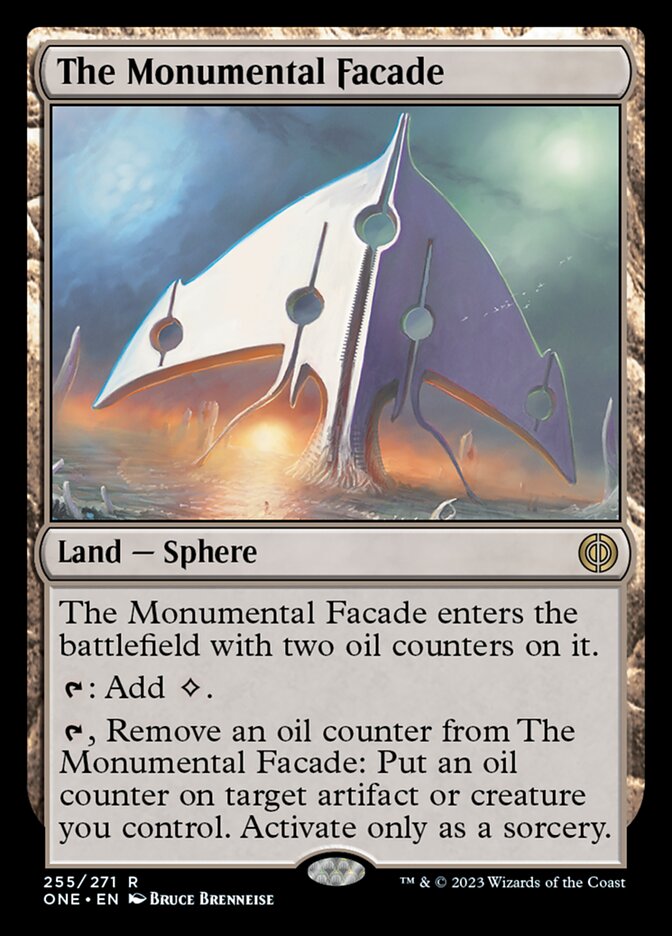
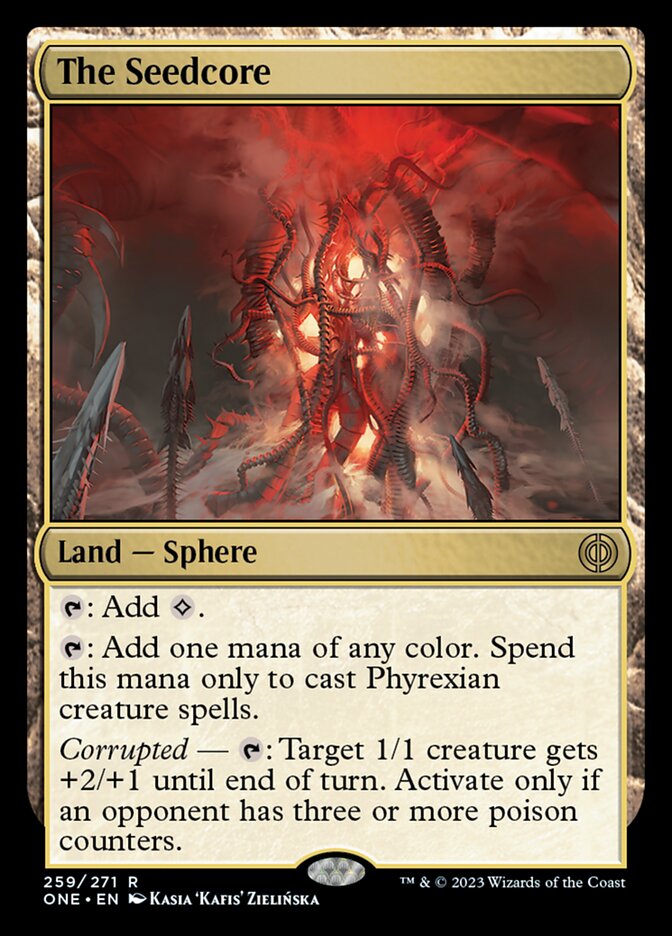
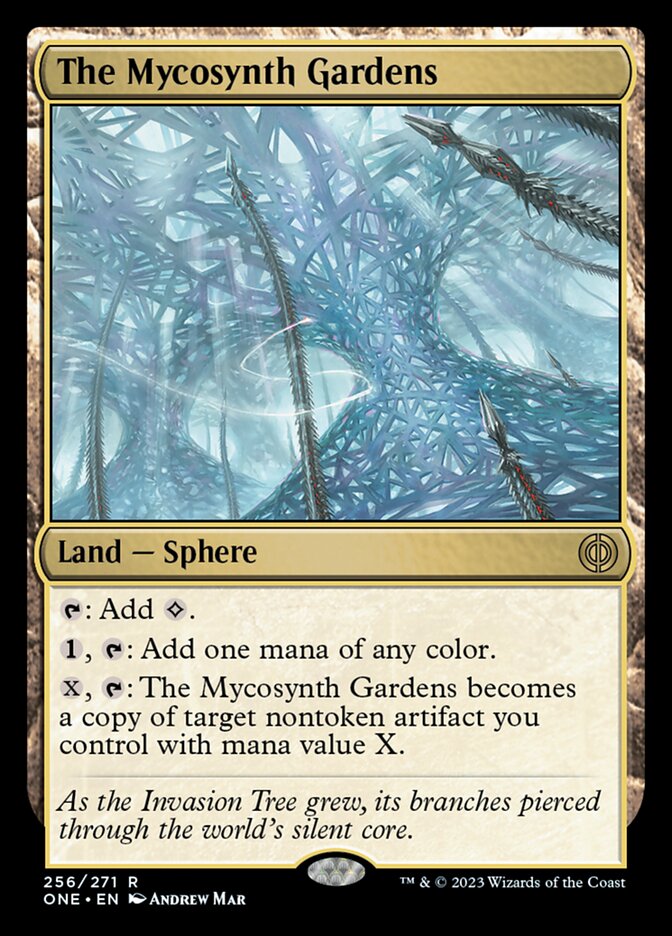

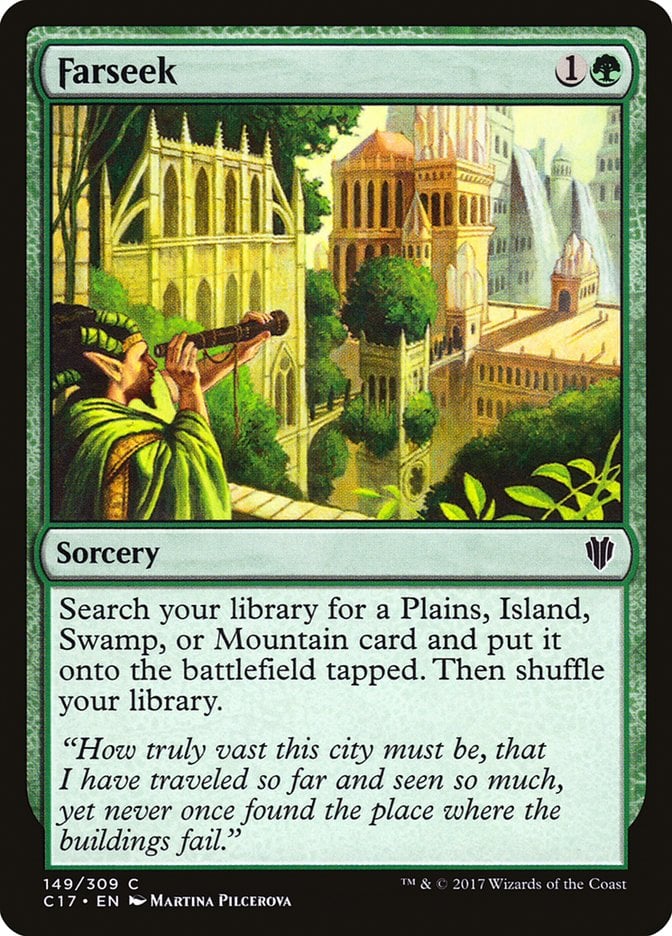
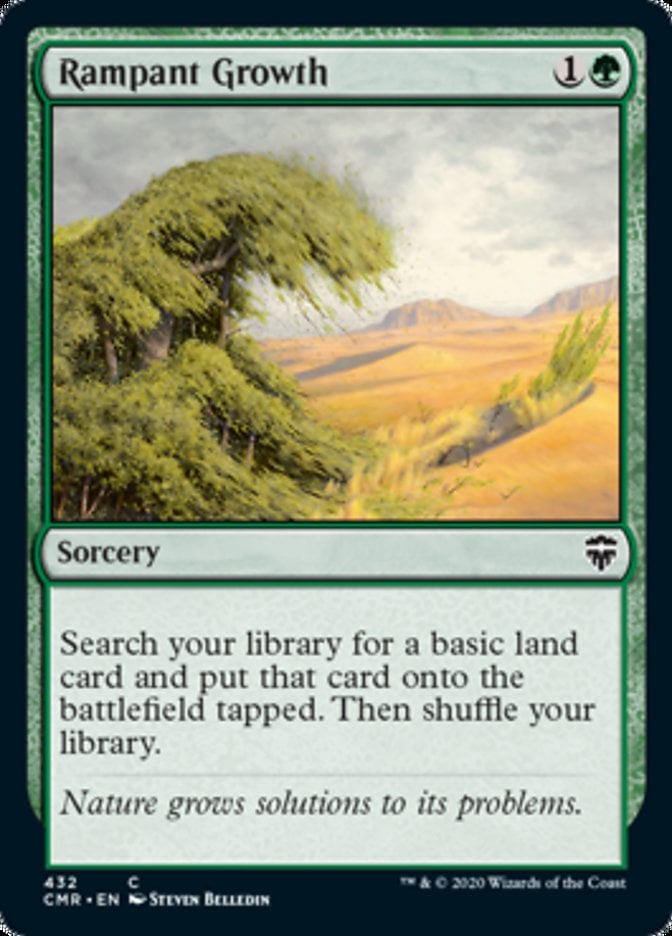

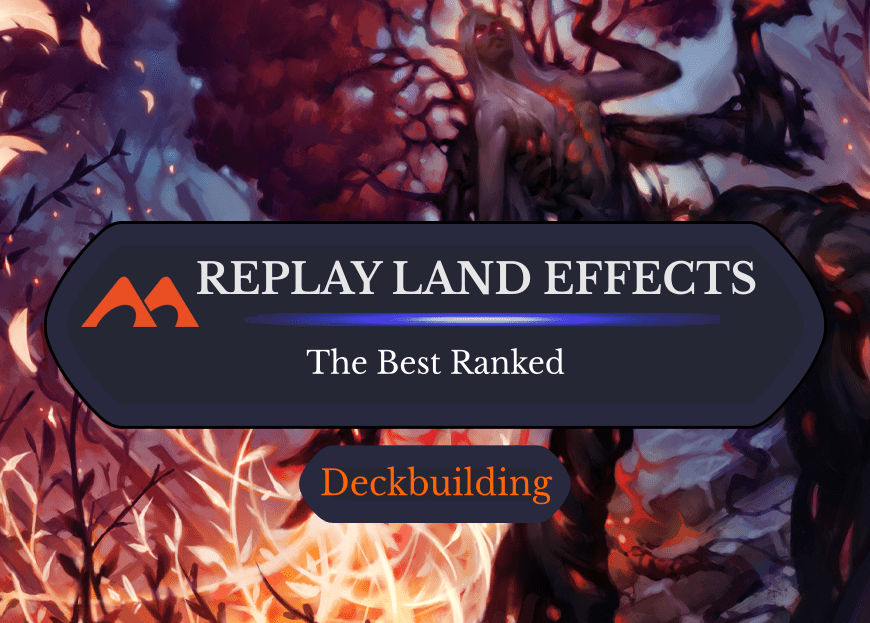
Add Comment